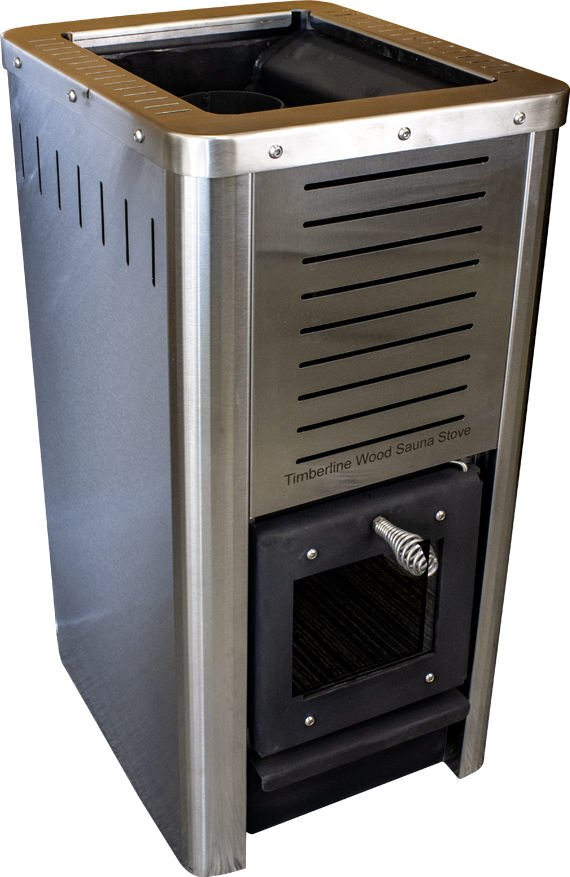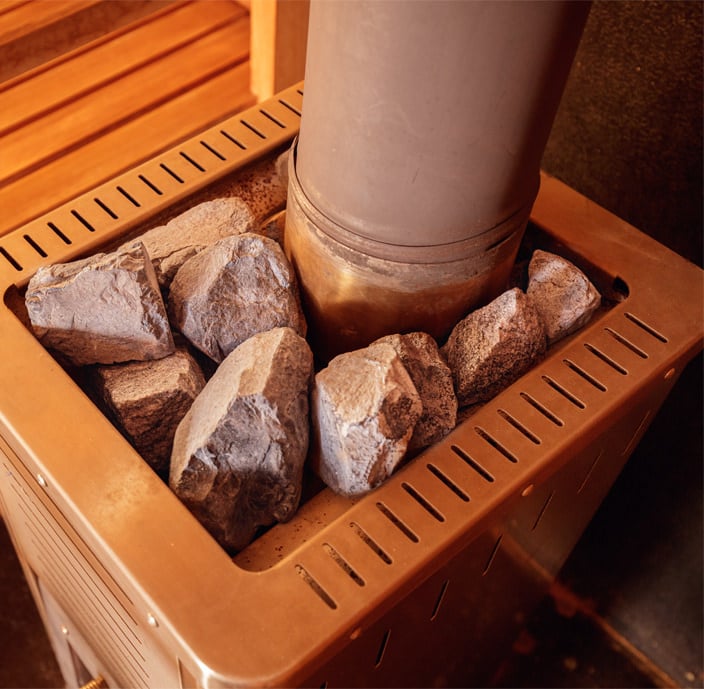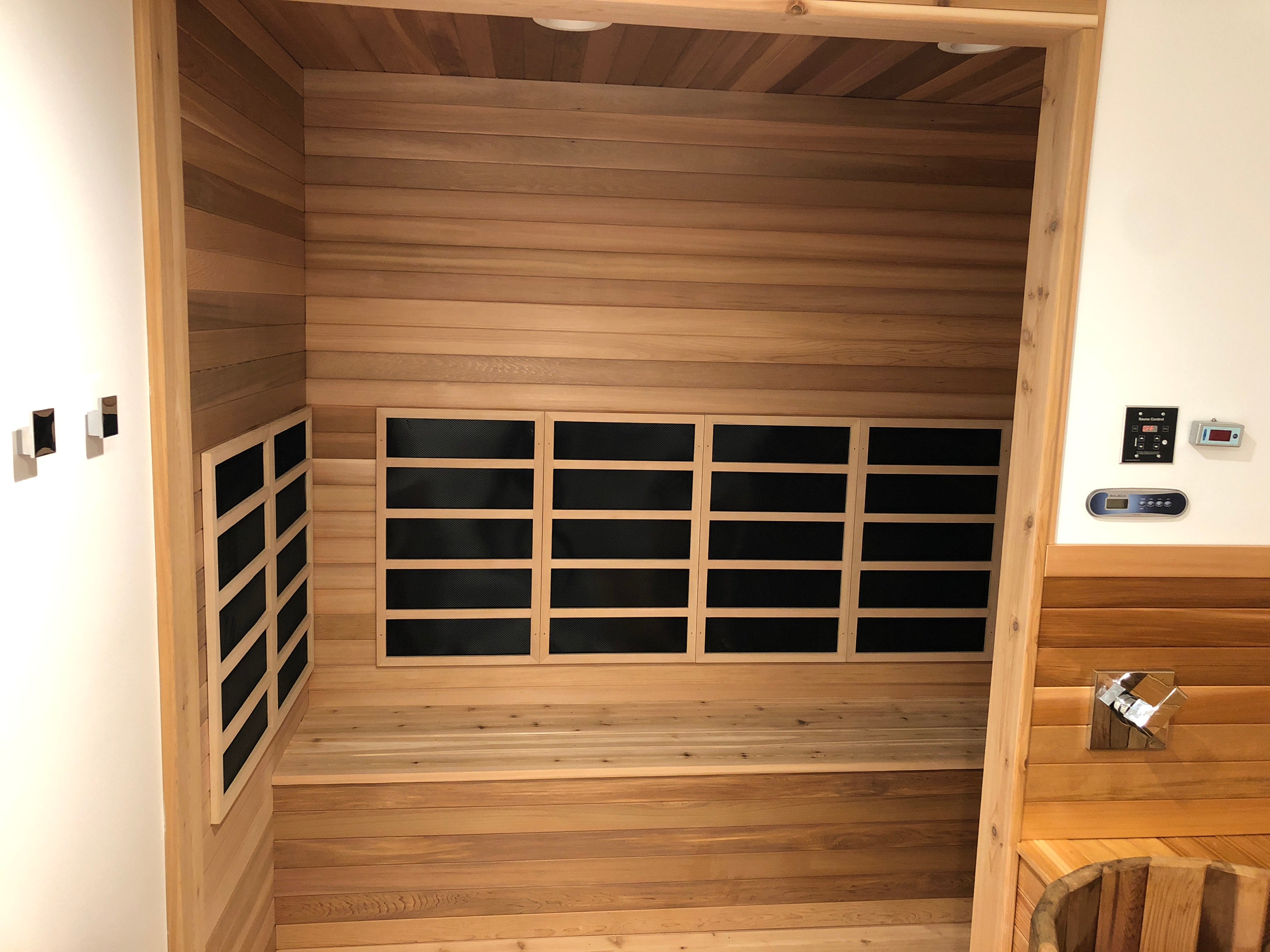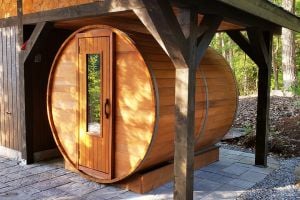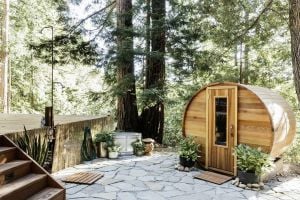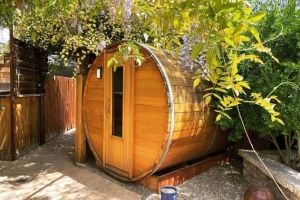Creating a home spa is a dream for many, and at the heart of every great sauna experience is the right heater. The home sauna heaters
you choose can make all the difference in heat quality, comfort, and
efficiency. Whether you're setting up a cozy bathroom retreat or a
full-sized outdoor sauna, here’s how to pick the perfect heater based on
size, power source, and performance features.
1. Match the Heater to Your Sauna Size
Start by calculating your sauna’s cubic footage (Length × Width × Height). Heater capacity is measured in kilowatts (kW), and a general rule of thumb for electric models is 1 kW for every 50–60 cubic feet.
Small Saunas (100–200 cu. ft.)
Ideal Heater: 2–4 kW
Best For: Compact home saunas or bathroom nooks
Recommended: Wall-mounted electric heaters for space efficiencyMedium Saunas (200–400 cu. ft.)
Ideal Heater: 4–6 kW
Best For: Family-sized indoor saunas or backyard cabins
Recommended: Freestanding electric or small wood-burning unitsLarge Saunas (400–600+ cu. ft.)
Ideal Heater: 6–9 kW
Best For: Spacious installations and group use
Recommended: High-output electric or large wood-burning heaters
2. Pick Your Power Source: Electric vs. Wood-Burning
Your power source will shape both the functionality and vibe of your sauna.
🔌 Electric Heaters
Best For: Urban homes, modern spa setups
Benefits: Easy installation (with 240V power), low maintenance, fast heat-up, precise temperature control
Ideal Features: Digital thermostats, timers, energy-saving modes
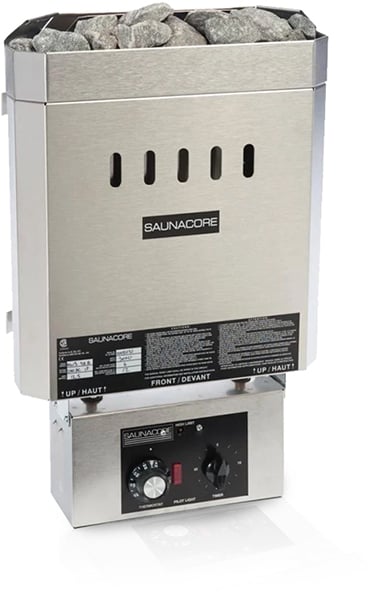
🔥 Wood-Burning Heaters
Best For: Rural or off-grid homes, outdoor saunas
Benefits: Authentic sauna experience, natural radiant heat, eco-friendly (with sustainably sourced wood)
Considerations: Requires chimney/venting, more maintenance, slower to heat
✨ Go electric for convenience and control. Opt for wood-burning if you want a rustic, traditional feel.
3. Prioritize Heat Output and Safety Features
Regardless of the power type, a great sauna heater should heat the room quickly, evenly, and safely.
Look for:
Quality Heating Elements/Stones: Long-lasting elements (for electric) or large-capacity sauna stones (for both types) ensure deep, steady warmth.
Safety Features: Timers, overheat protection, and protective covers are especially important in smaller spaces.
Energy Efficiency: Choose models with energy-saving modes or insulated designs to reduce running costs.
4. Customize to Fit Your Style and Space
Design matters too. Choose a heater that fits both your layout and your aesthetic:
Small Saunas: Wall-mounted electric heaters save valuable floor space.
Medium Saunas: Compact freestanding models allow more flexibility in placement.
Large Saunas: Go big with a high-output electric unit or a statement wood-fired heater that matches your rustic retreat.
5. Final Tips Before You Buy
Always check local building codes and electrical requirements.
Consult a licensed electrician or sauna installer for professional setup.
Invest in a reputable brand like Northern Lights Cedar Barrel Saunas for durability and performance you can trust.
Ready to Build Your Personal Sauna Retreat?
With the right sauna heater, your home spa can become a sanctuary of relaxation and rejuvenation. Start your sauna journey with confidence—and enjoy every warm, steamy moment.
